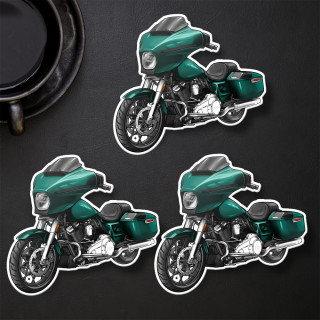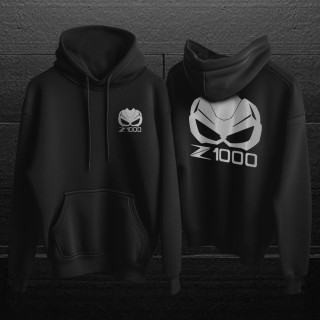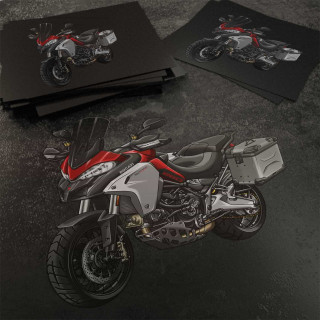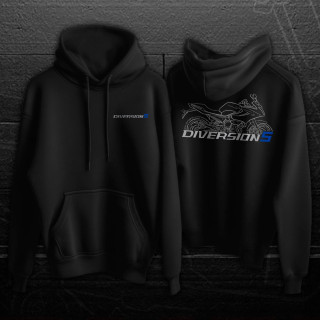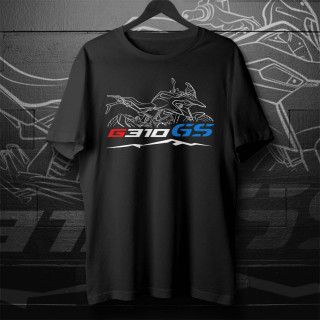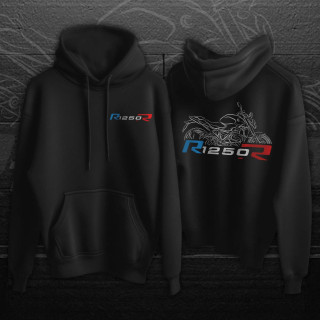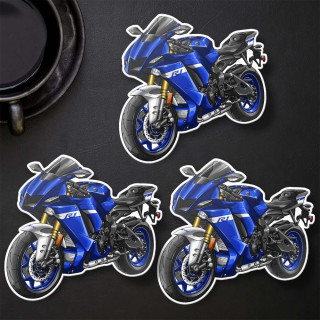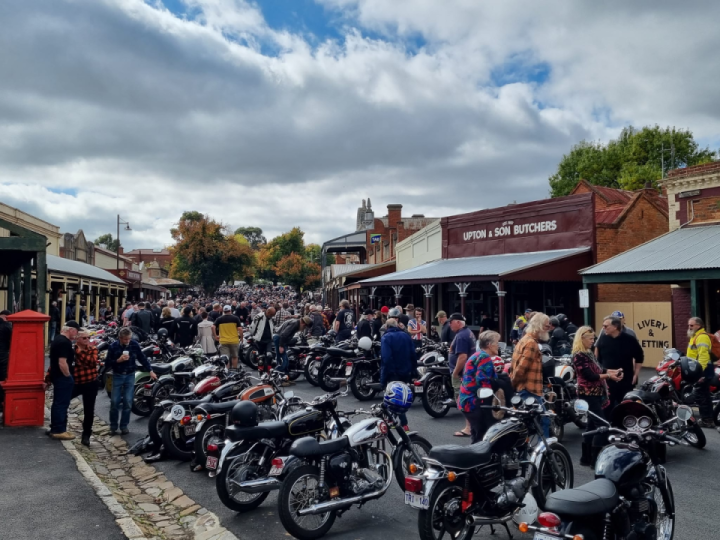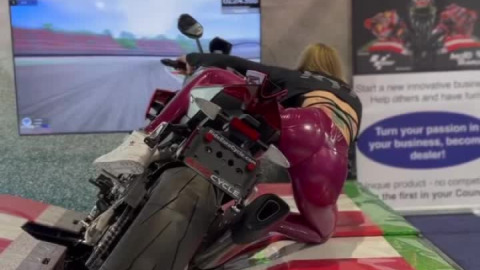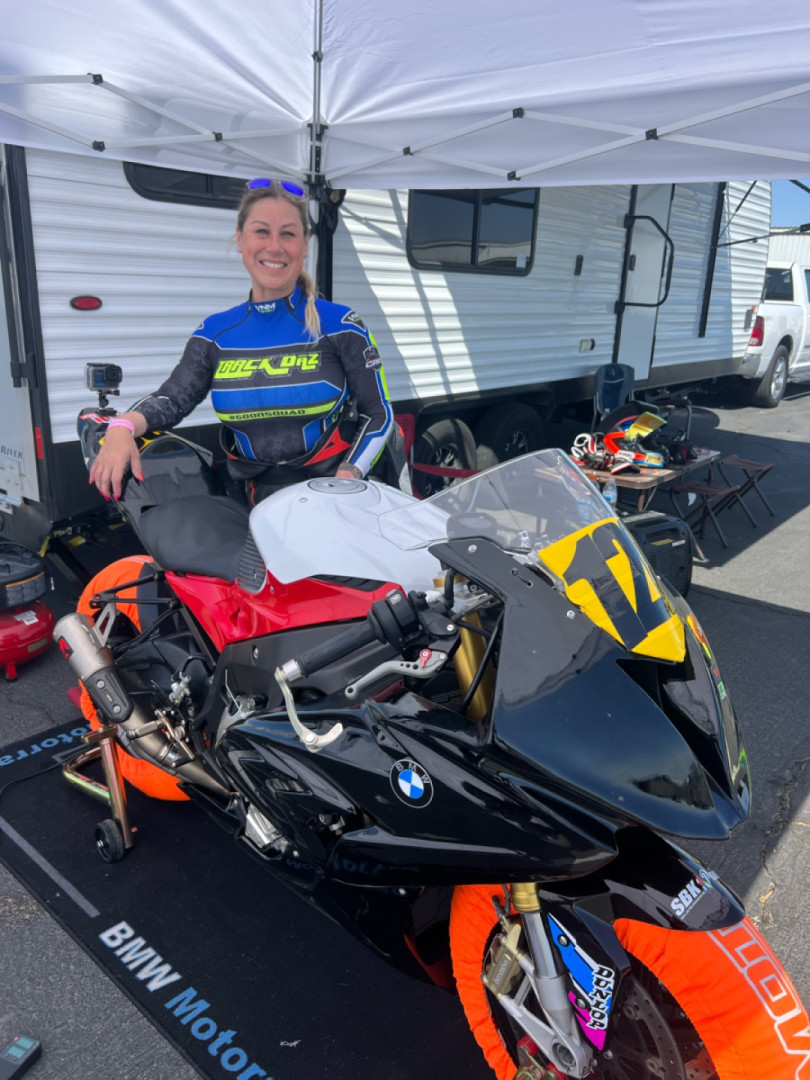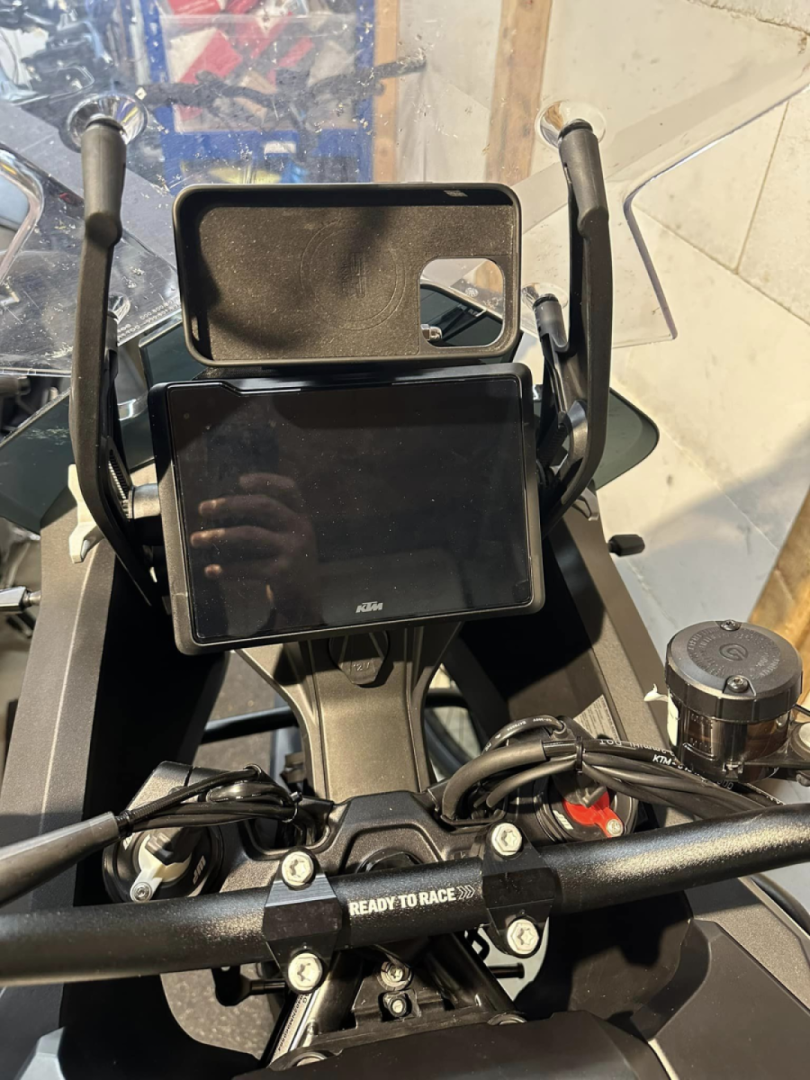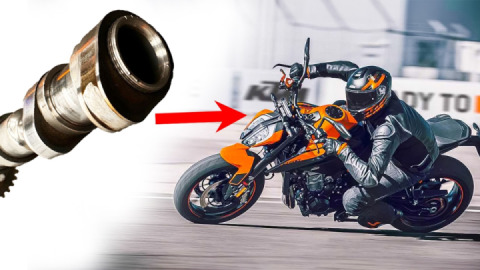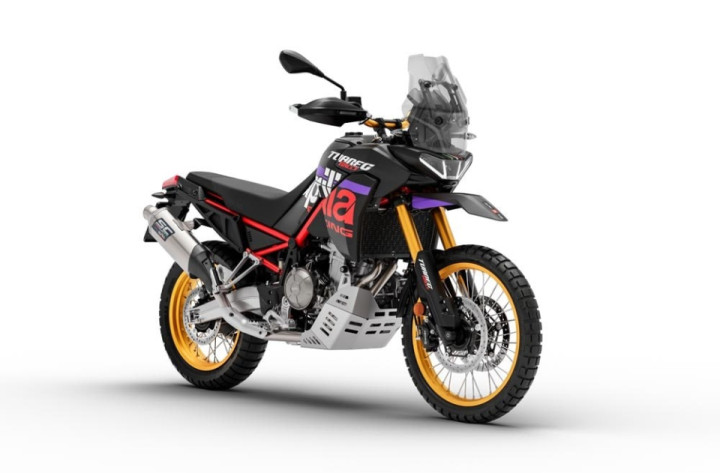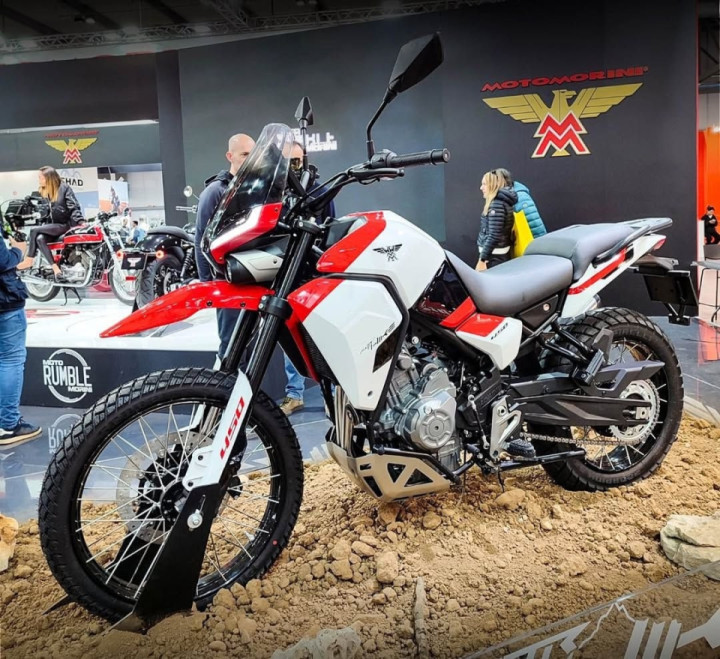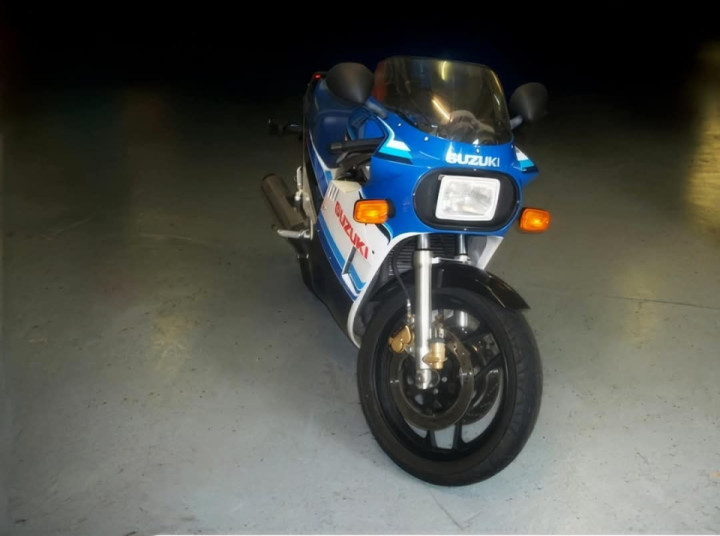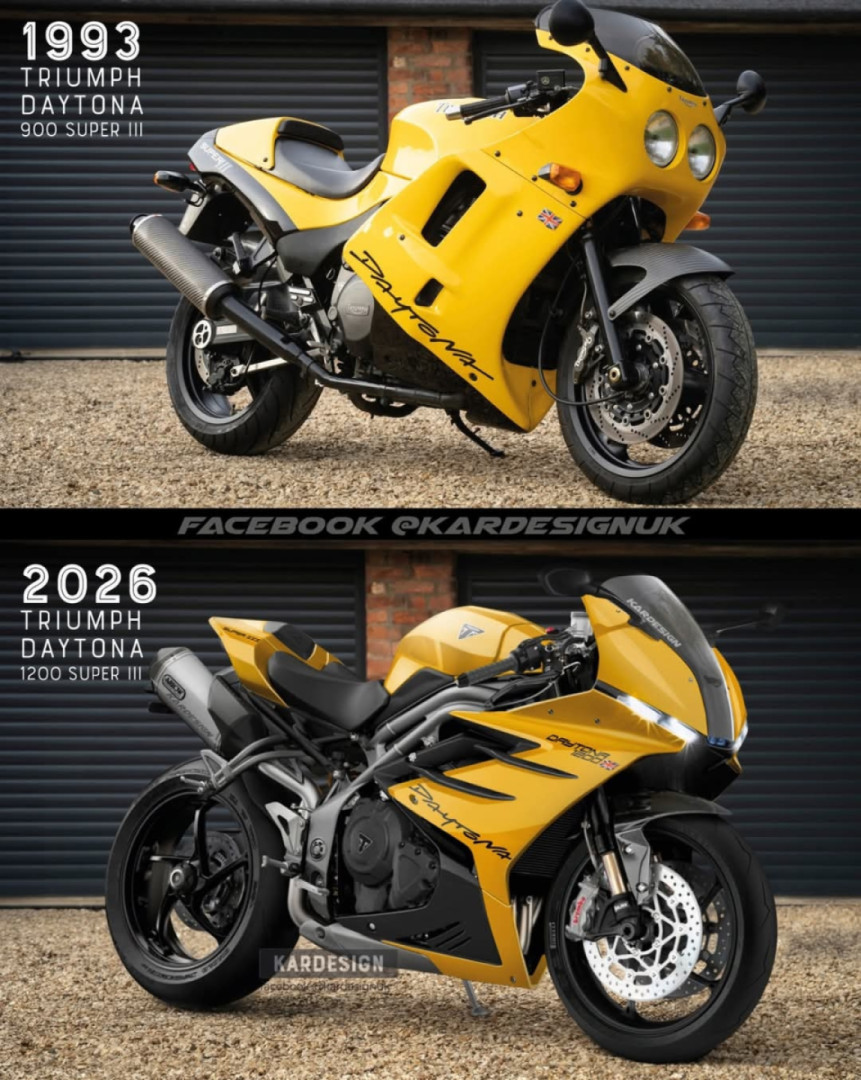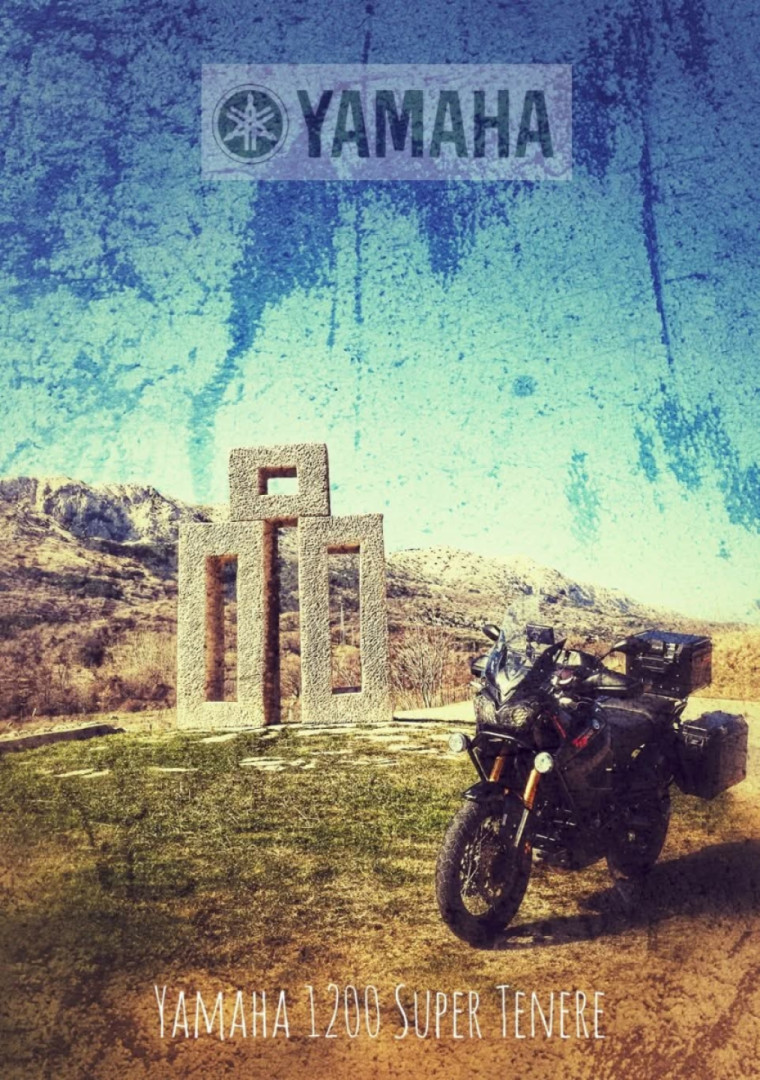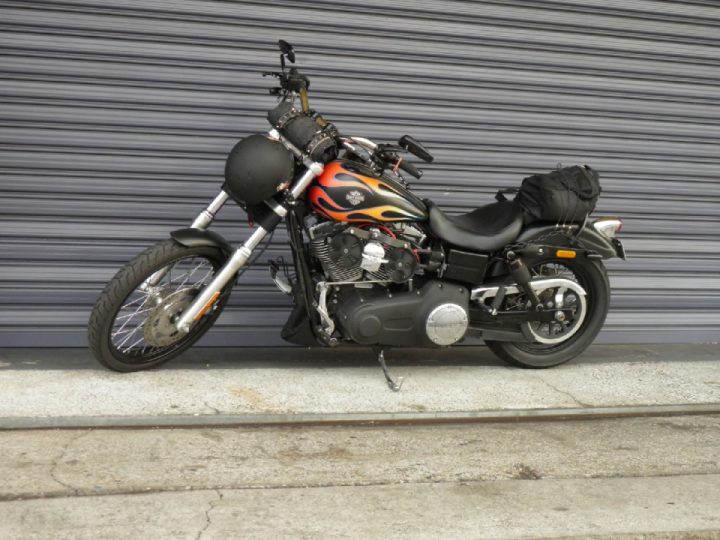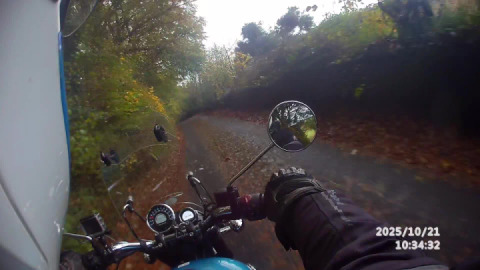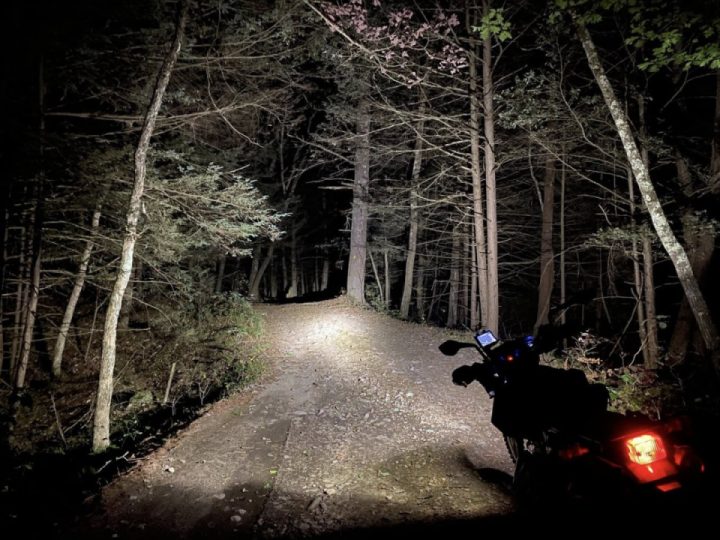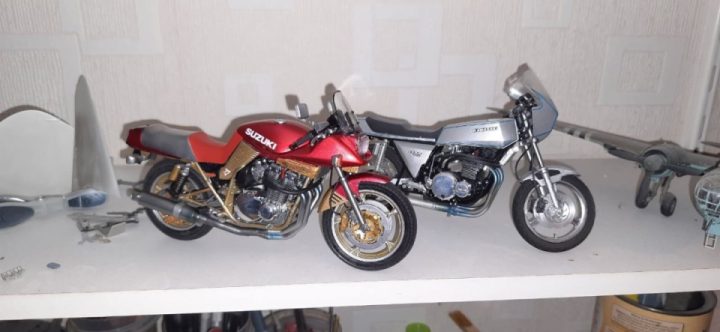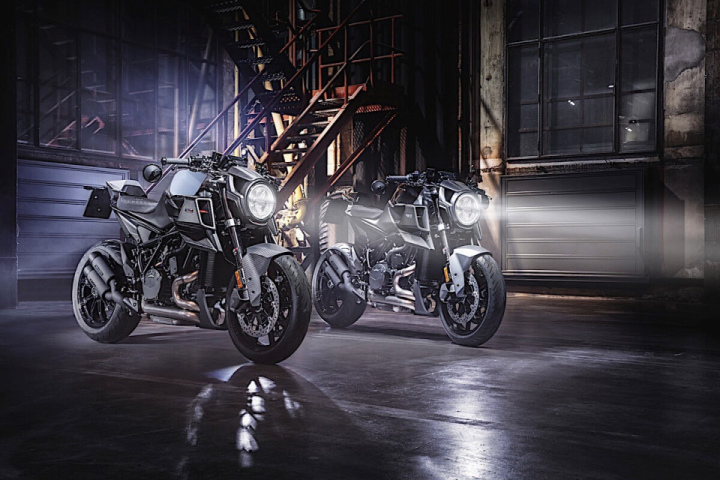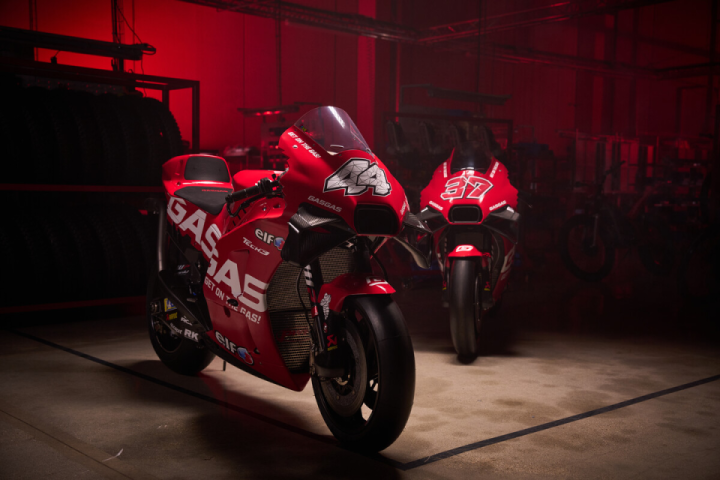Lightning's wild LS-218 superbike and Strike sportsbike are among the first EVs to get Enevate's super-high density, ultra-fast charging, next-gen silicon-anode batteries – which charge almost as fast as your buddies can fuel up their dinosaur burners.
These stand to be the first electric motorcycles you can genuinely go out and ride hard all day alongside gas bikes without making anyone wait for you – provided the right charging infrastructure's available.
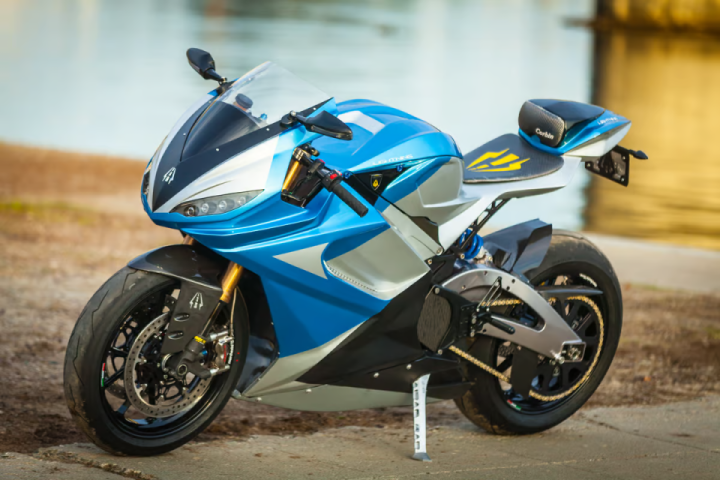
Lightning and Enevate have been testing a prototype Strike bike around California – well, when they've had a break in the extreme weather – that runs a whopping 24-kWh battery pack full of Enevate cells. These are significantly higher density than Lightning's standard battery cells, and thus the 24-kWh pack takes up the same space as the standard 20-kWh pack. But it delivers an impressive range boost.
We're getting 150 to 170 miles (241 to 274 km) of range at 70 miles an hour (113 km/h) along highway 5," Lightning Founder and CEO Richard Hatfield tells us over a phone call. "And we're charging from 0-80% in about 10 minutes, or at nearly a 5C rate, on a level 3 CCS charger. That's probably the most common level 3 charger at this point, other than Tesla, and I know even Tesla is offering CCS options on some of its chargers."
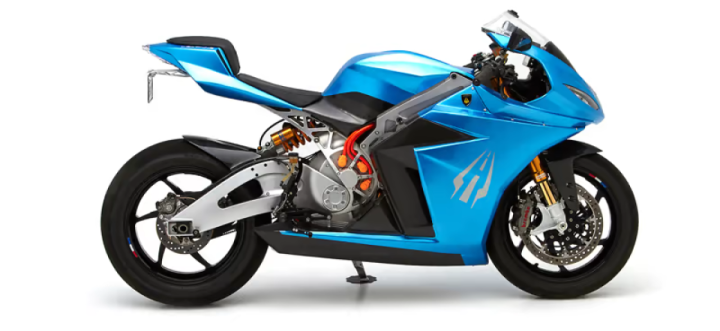
An 80% charge will get you somewhere around 135 miles (217 km) of riding, so you're looking at a motorcycle that charges at about 810 miles per hour (1,303 km/h). Realistically, most gasoline-burning sportbikes start getting thirsty somewhere around 120 miles (200 km), and 10 minutes is far from a big ask at a fuel stop – especially given the ergonomics involved. This is really the first high-performance electric we know of that won't have your petrolhead buddies tapping their watches at you.
Coping with these charge rates required some beefing-up of the bikes' electrical systems. "So we've got 120 kW of electricity going in, for about 10 minutes straight, says Hatfield. "It's almost impossible to duplicate that on the discharge side; it's 300 amps and 400 volts for 10 minutes continuously, there's just no place you could really do that on the throttle. So it made us re-think all the interconnects, the cabling and the charge connectors, even the contactors. And inside the fairings, we have to move air to cool the components to sustain that level of charging."
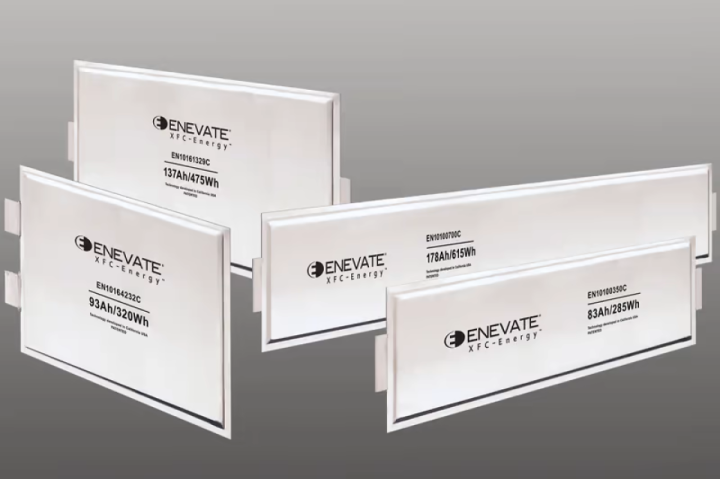
We looked into Enevate's next-gen battery tech back in 2020, so check out our previous piece for a deeper dive. But essentially, through using a pure silicon anode, with specific electrolytes and cell design innovations, this Orange County operation is now delivering batteries that can charge up to 10 times faster than current lithium-ion cells. Indeed, the batteries in these Lightning bikes could potentially charge twice as fast, if they could deal with the heat.
What's more, they're much more energy-dense, both by volume and by weight, than today's top contenders. According to& BatteryDesign.net, a Tesla 4680-type cell from a late 2022 Model Y stores around 650 Wh/liter and 244 Wh/kg. Enevate claims "over 850 Wh/liter and 340 Wh/kg," – that's about 30% more energy for a given volume and nearly 40% more for a given weight.
"It's a game-changer," says Hatfield. "For me, it's really exciting. The energy density is great, as well as the charge rate, and it really changes the practical equation for electric riders. What Enevate has done that others haven't, is their battery chemistry geniuses found a way to increase the cycle life and manage the expansion that occurs when silicon-anode batteries are charged very quickly. The lifecycle still isn't quite as high as some other batteries, but it's far longer than the life of most motorcycles. Very few get ridden that many miles."
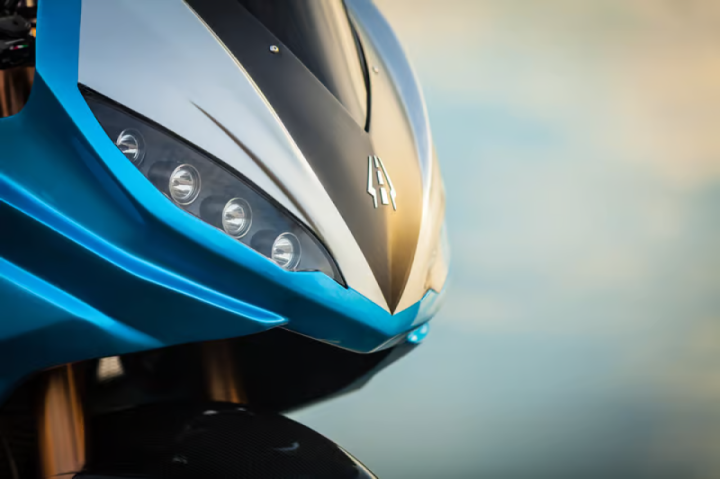
These are indeed special batteries. And unsurprisingly, they'll come at a boutique price. Hatfield confirms they'll be an optional extra that build-slot reservation holders can specify – a 24-kWh pack for the Strike and a 28-kWh pack for the LS-218 – and they'll add about US$8,000 to the price of the bikes. That'll push the standard $19,988 Strike Carbon Edition from superbike territory into premium territory, and the standard $38,888 LS-218 even further into the dream-machine range.
But that's just the price of early adoption. "It's a new technology," says Hatfield. "But there's nothing inherent in the technology to prevent it from becoming competitive with the other cells that are available. Volumes are up on a lot of the other cell chemistries, though, so Enevate will have to see similar volumes to be able to get its prices down. I know they're in a lot of conversations with auto OEMs – I think it's probably around two to three years before this gets to a similar price as other batteries."
Either way, those numbers are peanuts compared to performance cars, and I still rate the LS-218 as one of the most face-meltingly extreme experiences legally available to civilians. "I'm anxious to have you ride one of the new bikes," says Hatfield, "I think we've made a lot of progress; we keep finding ways to make them better."
Still operating out of the Corbin facility in California, Lightning has already sold as many standard Strikes as it can build for 2023, so it's only selling Carbon Editions for the time being.
"Production is picking up pace, we're working our way through the order books," says Hatfield. "And at the same time, coming up with a couple of updated models."
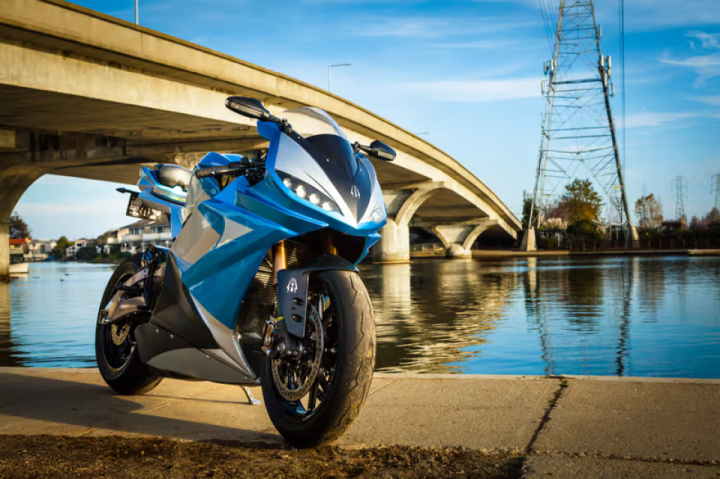
The company is also still keen to compete. "We've got our high-performance aero bike, and we're going out to see if we can bump the land speed record up in May," says Hatfield. "We're excited to do that, and the lessons we learn doing land speed racing help us with aerodynamics and efficiency for the street bikes. The salt flats are a great university for pushing the limits and learning more.
"And we're also going to take some opportunities to go out and compete on the track here as well," he continues. "Moto America's Super Hooligan events are allowing electrics to compete directly. That's a good chance to go and challenge ourselves and the competition. We're planning on hitting some events later this year. I know Energica competed at the Daytona event, I think they took fifth place – and I think some privateers from the Zero factory competed in a Super Hooligan event too. So I think it could be a good, competitive event!"
Check out the Enevate battery-loaded prototype in the video below.
#Custom #Bike #Motorcycle



